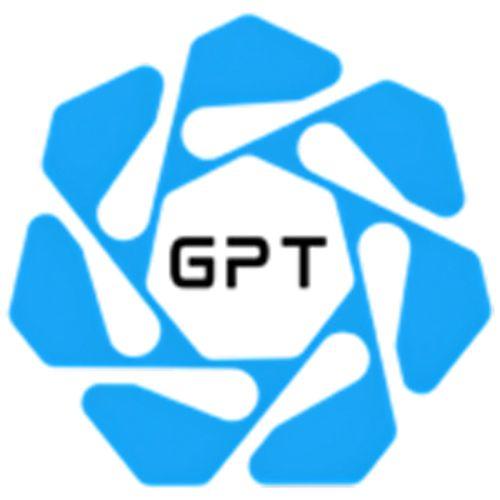Polybutylene Terephthalate (PBT) is a high-performance engineering thermoplastic belonging to the polyester family. Valued for its excellent mechanical properties, rigidity, heat resistance, chemical resistance, and good electrical insulation characteristics, PBT is a semicrystalline polymer that can be easily processed through various molding techniques. It often comes in reinforced grades, commonly with glass fibers, to further enhance its strength and stiffness, making it suitable for demanding applications.
Read More: https://www.marketresearchfuture.com/reports/pbt-market-25630
The market for PBT is driven by its extensive use in demanding applications across several key industries. The automotive sector is a major consumer, where PBT is utilized for components under the hood, such as electrical connectors, fuse boxes, sensors, and various structural parts. This is due to its ability to withstand high temperatures, aggressive chemicals, and mechanical stresses. The ongoing push for lightweighting in vehicles and the growth of electric vehicles are further increasing its adoption in battery components and electronic systems, as PBT offers a lighter and cost-effective alternative to metals without compromising performance.
In the electrical and electronics industry, PBT is a preferred material for connectors, switches, relays, coil bobbins, and circuit breaker components due to its excellent dielectric properties and dimensional stability. Its precise moldability allows for the creation of intricate parts required for miniaturized electronic devices. Beyond these core sectors, PBT also finds applications in consumer goods, such as appliance parts, and in industrial settings for various machinery components, where its durability and performance are highly valued.
Technological advancements continue to shape the PBT market. Innovations are leading to improved flow characteristics, enhanced flame retardancy, and better hydrolysis resistance. These advancements allow PBT to meet increasingly stringent performance requirements and expand its utility. Furthermore, advancements in recycling technologies have made PBT an attractive option for sustainable manufacturing practices, aligning with the increasing emphasis on environmental responsibility across industries.
Read More: https://www.marketresearchfuture.com/reports/pbt-market-25630
The market for PBT is driven by its extensive use in demanding applications across several key industries. The automotive sector is a major consumer, where PBT is utilized for components under the hood, such as electrical connectors, fuse boxes, sensors, and various structural parts. This is due to its ability to withstand high temperatures, aggressive chemicals, and mechanical stresses. The ongoing push for lightweighting in vehicles and the growth of electric vehicles are further increasing its adoption in battery components and electronic systems, as PBT offers a lighter and cost-effective alternative to metals without compromising performance.
In the electrical and electronics industry, PBT is a preferred material for connectors, switches, relays, coil bobbins, and circuit breaker components due to its excellent dielectric properties and dimensional stability. Its precise moldability allows for the creation of intricate parts required for miniaturized electronic devices. Beyond these core sectors, PBT also finds applications in consumer goods, such as appliance parts, and in industrial settings for various machinery components, where its durability and performance are highly valued.
Technological advancements continue to shape the PBT market. Innovations are leading to improved flow characteristics, enhanced flame retardancy, and better hydrolysis resistance. These advancements allow PBT to meet increasingly stringent performance requirements and expand its utility. Furthermore, advancements in recycling technologies have made PBT an attractive option for sustainable manufacturing practices, aligning with the increasing emphasis on environmental responsibility across industries.
Polybutylene Terephthalate (PBT) is a high-performance engineering thermoplastic belonging to the polyester family. Valued for its excellent mechanical properties, rigidity, heat resistance, chemical resistance, and good electrical insulation characteristics, PBT is a semicrystalline polymer that can be easily processed through various molding techniques. It often comes in reinforced grades, commonly with glass fibers, to further enhance its strength and stiffness, making it suitable for demanding applications.
Read More: https://www.marketresearchfuture.com/reports/pbt-market-25630
The market for PBT is driven by its extensive use in demanding applications across several key industries. The automotive sector is a major consumer, where PBT is utilized for components under the hood, such as electrical connectors, fuse boxes, sensors, and various structural parts. This is due to its ability to withstand high temperatures, aggressive chemicals, and mechanical stresses. The ongoing push for lightweighting in vehicles and the growth of electric vehicles are further increasing its adoption in battery components and electronic systems, as PBT offers a lighter and cost-effective alternative to metals without compromising performance.
In the electrical and electronics industry, PBT is a preferred material for connectors, switches, relays, coil bobbins, and circuit breaker components due to its excellent dielectric properties and dimensional stability. Its precise moldability allows for the creation of intricate parts required for miniaturized electronic devices. Beyond these core sectors, PBT also finds applications in consumer goods, such as appliance parts, and in industrial settings for various machinery components, where its durability and performance are highly valued.
Technological advancements continue to shape the PBT market. Innovations are leading to improved flow characteristics, enhanced flame retardancy, and better hydrolysis resistance. These advancements allow PBT to meet increasingly stringent performance requirements and expand its utility. Furthermore, advancements in recycling technologies have made PBT an attractive option for sustainable manufacturing practices, aligning with the increasing emphasis on environmental responsibility across industries.
0 Comentários
0 Compartilhamentos
807 Visualizações






